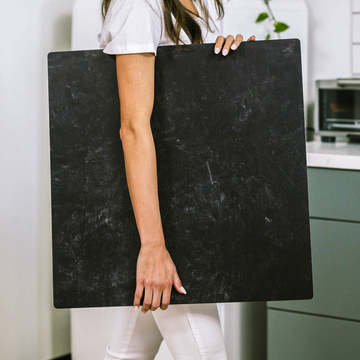Lay flat photography, or the “flat lay,” is everywhere these days-from stylish Instagram feeds to the storefronts of bustling online shops. But let’s be clear: a flat lay that really works is more than just an overhead arrangement of objects. The secret to a truly magnetic flat lay lies in the nuanced details you can’t see at first glance-an interplay of surfaces, lighting, psychology, and, yes, even color science. Ready to step up your game? Let’s dive into an approach that combines thoughtful artistry and meticulous engineering.
Surfaces: Your Backdrop Is More Than Just a Background
The surface you choose is far from a mere afterthought. It actively shapes your photograph by reflecting, absorbing, or diffusing light-and, in turn, impacts how your products appear on camera. Not all surfaces are created equal, and this matters more than most people realize.
- Micro-textures can produce subtle highlights or soften shadows, depending on the light source.
- Reflectivity changes how colors and contrasts are rendered in your photo.
- If you’re working with glossy backdrops, a polarizing filter-even for your phone-can help keep things clean and professional.
Choosing a well-designed surface (like those from Replica) doesn’t just set a mood; it actively boosts the perception and authenticity of your product.
Depth in a Flat World: Making Your Flatlay Pop
Most flat lays end up looking, well, flat. That’s because overhead shooting compresses the three-dimensional qualities that make objects feel alive. But there’s a fix, and it’s all about how you use light and elevation.
- Raked Lighting: Position a secondary light source (like a bright window or a reflector) at a low angle. It can carve out gentle, realistic shadows and add defining texture to your products.
- Micro-Elevation: Tuck a thin acrylic riser or a pinch of museum wax under focal objects. Even a couple of millimeters will create tiny, natural shadows that enhance realism.
- Focus Stacking: If you’re handy with a camera, shoot several images focused at different depths and blend them in editing. Your objects (labels, textures, details) will leap from the screen in razor-sharp clarity.
Guiding the Eye: The Secret Sauce of Persuasive Flatlays
A beautiful photo is only part of the puzzle. Truly effective flat lays guide your customer’s gaze-subtly telling them where to look and what to feel. Eye movement studies reveal that people scan for brightness, bold colors, and visual lines.
- Brighten or saturate your hero product so it immediately attracts attention.
- Use surface patterns (like wood grain or tile grout lines) to direct the eye organically toward key items.
- Leave space: Negative space (empty areas) prevents clutter and helps your important products breathe.
Place supporting props or align lines so they “point” to your star object-viewers will follow the path automatically.
Color Accuracy: The Trust Factor Most Ignore
Accurate color is non-negotiable if you’re selling online. Surfaces can cast color, and lighting changes everything. Inconsistent color can turn customers off or lead to costly returns.
- Set a custom white balance for every session using a grey card right on your shooting surface.
- For multi-session consistency, calibrate your camera and editing screen so a “Slate” background always looks the same.
- Before posting, check how your photos look on the real platforms your buyers use. Colors can shift on different sites or apps, so test before you launch.
The Future: Flatlays as Interactive Experiences
Flat lay images are no longer just static content. E-commerce and AR tools are starting to use them as interactive “maps” for shoppers. Soon, viewers may be able to click on products or drag and drop them into their virtual spaces.
- Keep your camera perfectly parallel with the surface for distortion-free shots-AR tools demand precision.
- Consider using AI-powered masking in post-production to let shoppers interact with individual objects within your flatlay.
The Flat Lay System: Engineering Your Success
The pros don’t rely on guesswork. They harness surface science, lighting control, color accuracy, and visual psychology-turning every flat lay into a system designed for beauty and persuasion. With a little planning and some technical know-how, you can move beyond basic “arrange and shoot” photos. You can create magnetic images that win customers’ trust, attention, and loyalty.
Ready to make your next flat lay more than a photo? Treat it as an engineered masterpiece and watch your brand (and your confidence) reach new heights.
Have questions about choosing surfaces, lighting setups, or editing workflows? Drop them below or reach out-real expertise makes all the difference.



